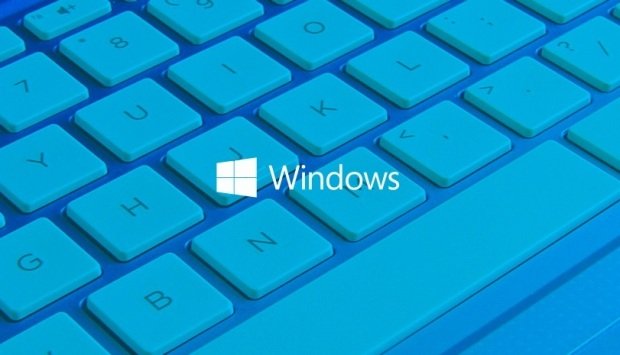
Windows offers a driver development kit (DDK) which is essentially used to either update a legacy app driver of an operating system or create a new software/hardware driver with programs and related files that are included within the kit. A driver is described as a seemingly small program that is set up to meet the unique needs of certain hardware or a special type of software app.
Generally, with Windows driver development, device manufacturers or software app developers are the ones who use the DDKs. Sometimes the DDKs are downloadable from the actual maker of the system or you can also purchase these from a third party. They will include driver samples, debugging utility, source code, testing tools, compiler, other utilities, along with documentation.
Windows Driver Development
To be successful in developing drivers in Windows environment, besides the kit, a developer will need to understand the Windows operating system and the app that the driver is for. A driver build is usually a complex process. You want to release it with minimal errors, so debugging and testing needs to be very thorough. There are several steps a developer needs to follow throughout the complicated process:
- The developer needs to write the code for the driver which is commonly in programming language C and C++.
- Tests and debugging of the driver from a checked build. A checked build is going to have extra error checks and debugging information in its code as an operating system with kernel-mode driver which is going to assist in the tests and debugging of the driver. This uses more memory, is slow, and is done on a computer separate from the free build.
- Free build/retail build. This operating system is considered the end user having full optimization with all debugging information taken out. This is much faster than the check build and uses less memory. It also shows issues that may be encountered including a frozen computer or error messages.
- Need to initiate performance checking as well as fine-tuning of the driver in free build.
- Retests and debugging when necessitated with the free build as well as the check build.
- The final test that is done should use the free build. The developer should test the driver on a multi-processor computer and then again on a single processor computer.
Having the right Windows driver development implemented is going to bring your system up to the functioning level that meets your specifications. The drivers are a main component with the operating system as they interact with the hardware and software kind of like a mediator in a sense allowing the two to come together and work in harmony.
Without having the driver, the computer is simply unable to communicate with the device that is trying to make a connection. Windows will generally let the user know when there is a new device that does not have a driver installed and will generally allow for the proper installation to take place. Then the development process can begin.

Information security specialist, currently working as risk infrastructure specialist & investigator.
15 years of experience in risk and control process, security audit support, business continuity design and support, workgroup management and information security standards.











